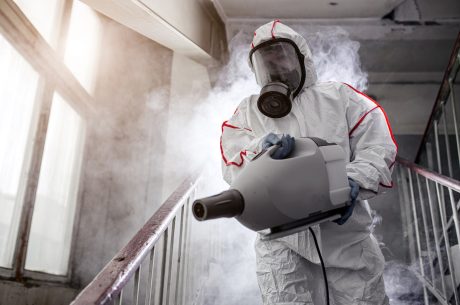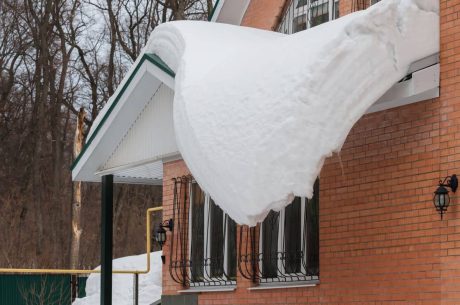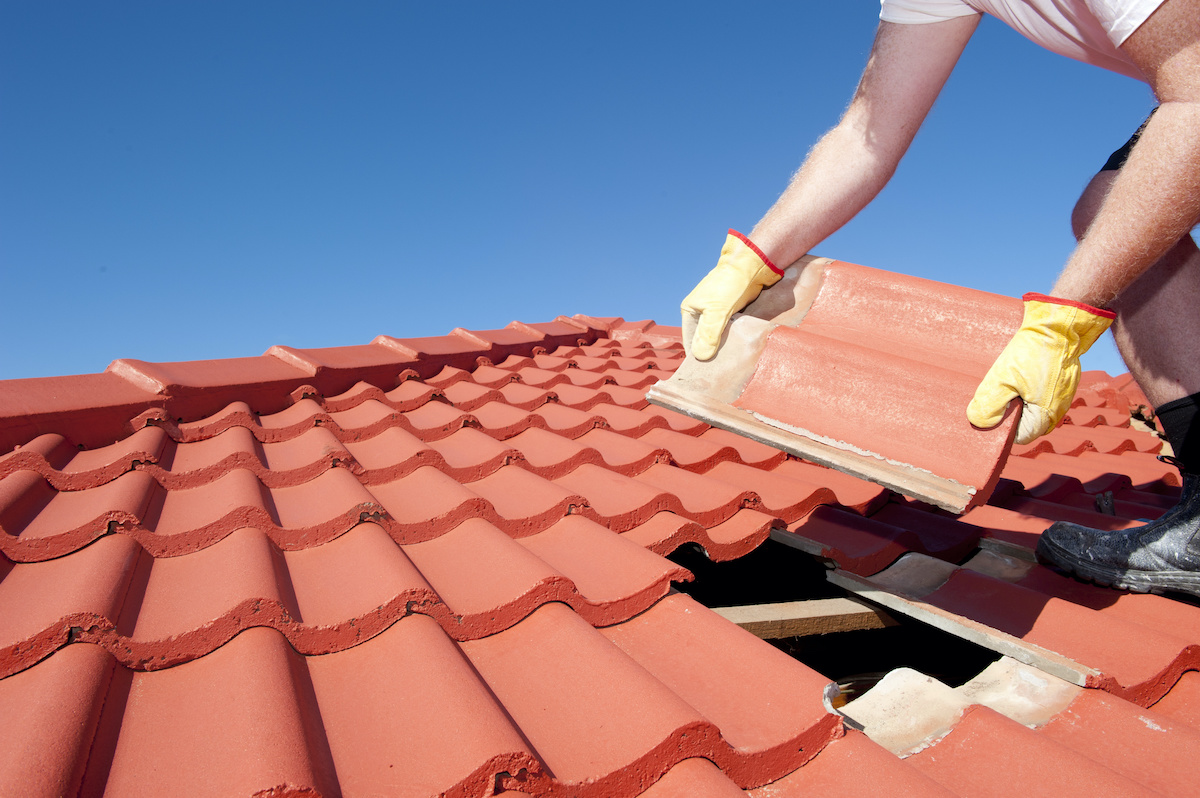We work in a lot of town homes and condominiums. These properties pose unique issues that aren’t seen in single family homes. With the construction using common walls and common drain lines there are ample opportunities for water problems that spread from one unit to the other.
In July of this year we were asked by one of our insurance agent partners to do a free assessment for one of their customers in Arvada. This couple had recently purchased this small townhouse as a second home so they could be close to their grandchildren. After moving in they found some evidence of persistent water leaks and mold in the back of one of the kitchen cabinets.

Before consulting their insurance agent they had called in two other Denver area water damage companies to assess the water leak and mold problem and provide estimates. They were pretty sure they would have to pay for this out of their pocket so they were proceeding cautiously, a wise strategy. These two estimates came in much higher than they had hoped so they called their insurance agent to see if they might be covered. The agent recommended they call PuroClean Disaster Response.
We are happy to do free on site assessments for our insurance agents so I went out and visited with the homeowners and they explained what the other companies had told them. To access the leak the corner cabinet had to be removed. To remove the corner cabinet the counter top and sink had to be removed. They were told that it would be necessary to disassemble the kitchen to fix the leak, clean up the mold then patch the damaged drywall and reassemble the kitchen. You can see why the estimates were getting expensive.

On further examination the persistent water leak was coming from a drain line and that drain line was coming from the units above this one. That made this an issue for the Home Owners Association. If this was indeed a Homeowners Association problem the costs would be covered by the HOA. This is a large townhouse complex in a nice section Golden and I had confidence that the HOA would accept accountability without a fight. I could also see how the cabinets had been installed and noticed the possibility that we could remove the corner cabinet without removing the countertop or sink. I recommended the homeowners contact the HOA and went to work on our bid.
The HOA did accept responsibility and sent a plumber in to repair the leak. He accessed the leak from the other side of the wall which was in the closet in the second bedroom.
As the plumber had to create a whole new work zone, we had to revise the remediation and repair estimate, but the HOA worked with us and together we got to work solving the homeowners problem. Once the drain was fixed, we went to work on the mold infestation.
Fortunately we found a way to proceed without removing the sink and counter top which minimized damage to

the kitchen. We did follow our normal mold removal process and established a containment zone in the kitchen with HEPA air filtration. This ensures that mold spores will not contaminate the rest of the house. Once we pulled the cabinet out we could see what we were dealing with; the mold had damaged the cabinet structure and had spread around the corner to the adjacent wall.
We removed all of the infected drywall, HEPA vacuumed the affected areas and structure then treated all exposed areas with plant based antimicrobial solutions to kill any remaining mold spores. We once again vacuumed and used air movers and dehumidifiers to ensure everything was dry before we did the drywall repair.
I did a final walk through this week with the HOA and homeowners, and everybody is happy. The HOA will now put a new cabinet in place. The leak is fixed, the mold is gone and the kitchen is still intact. The HOA is thrilled with us and placed us on the preferred vendor list. The total cost ended up less than
the HOA and homeowners, and everybody is happy. The HOA will now put a new cabinet in place. The leak is fixed, the mold is gone and the kitchen is still intact. The HOA is thrilled with us and placed us on the preferred vendor list. The total cost ended up less than
$4,000, far less than the initial estimates, with the HOA covering all of it.




 PuroClean of Broomfield
PuroClean of Broomfield